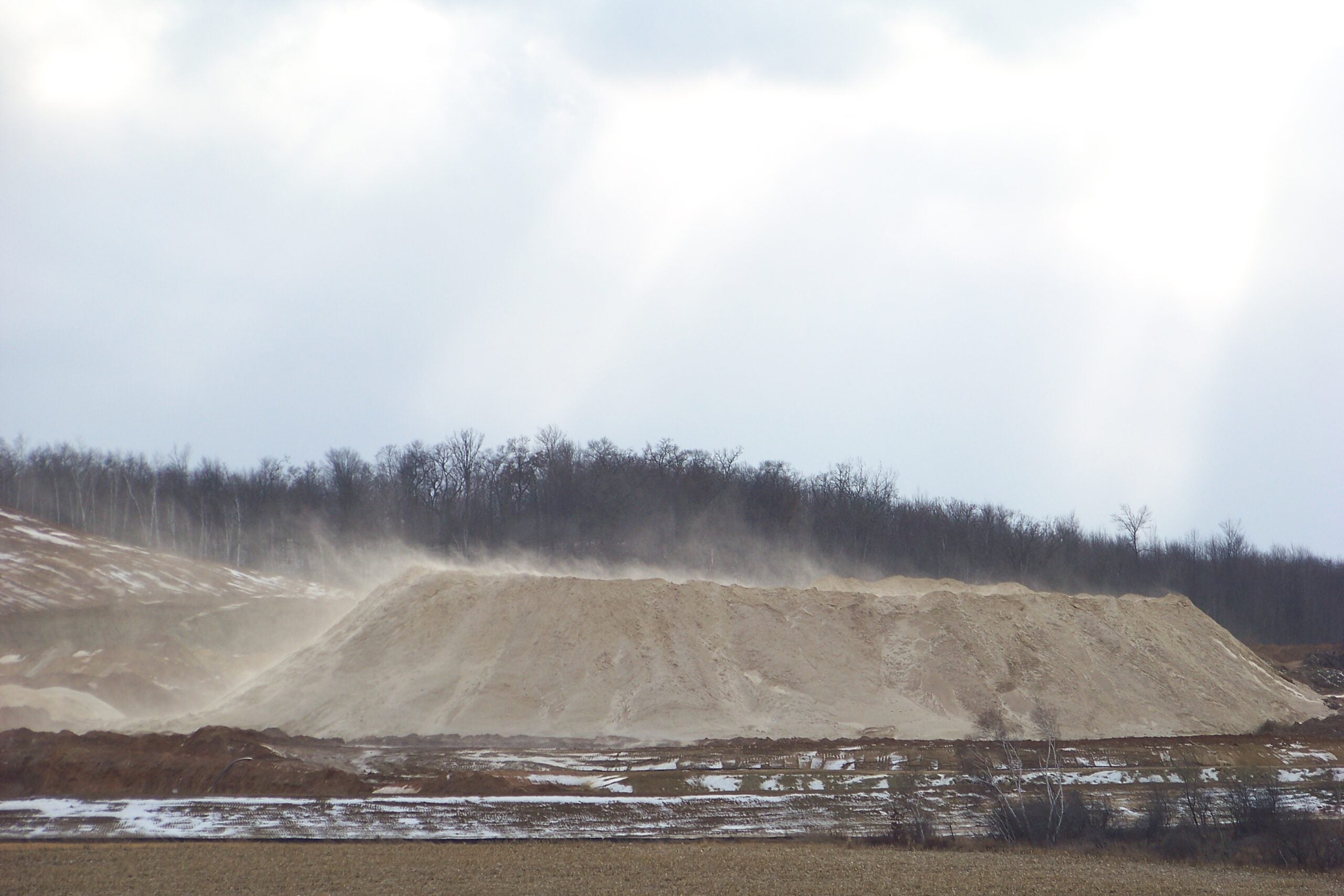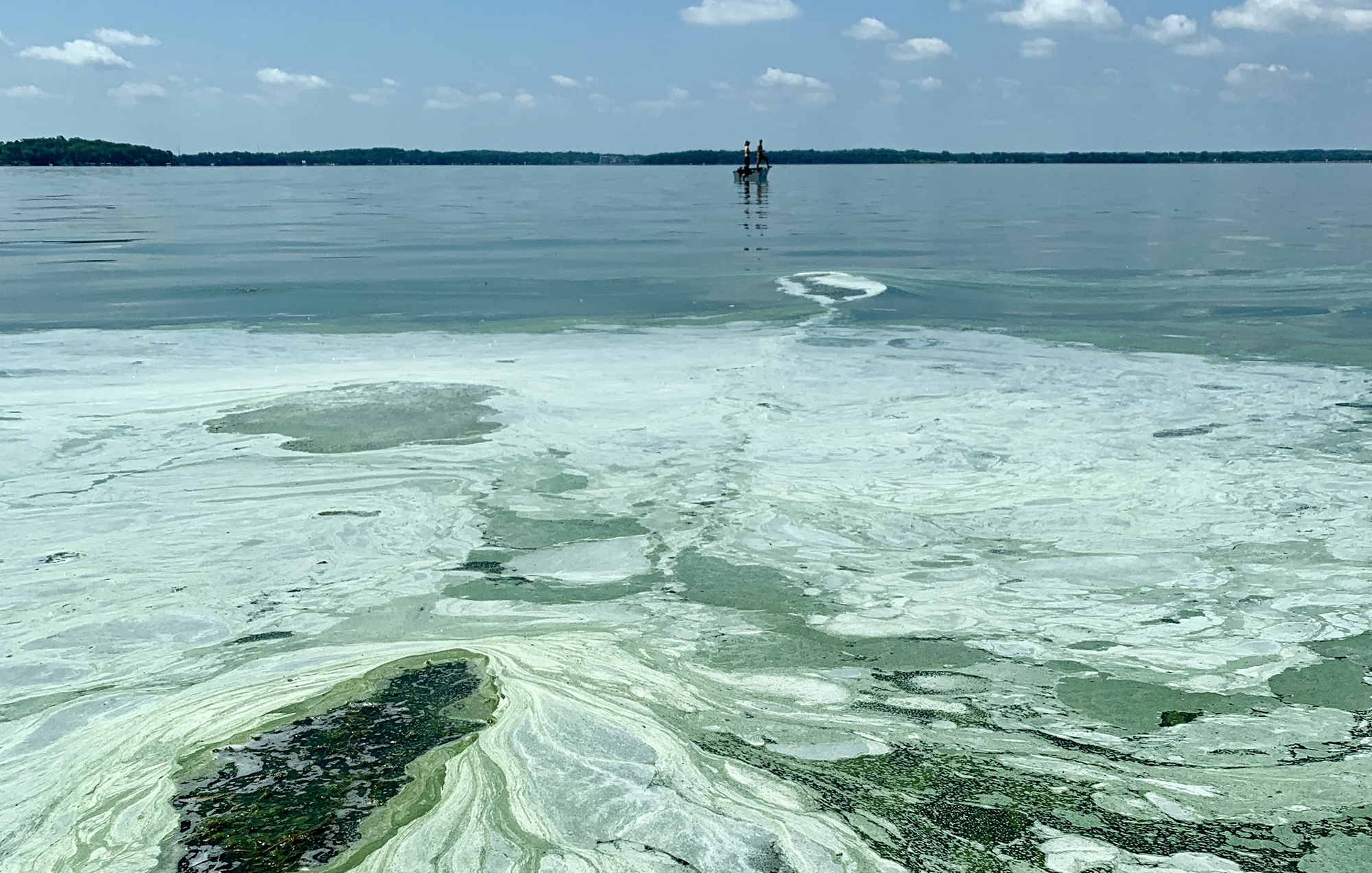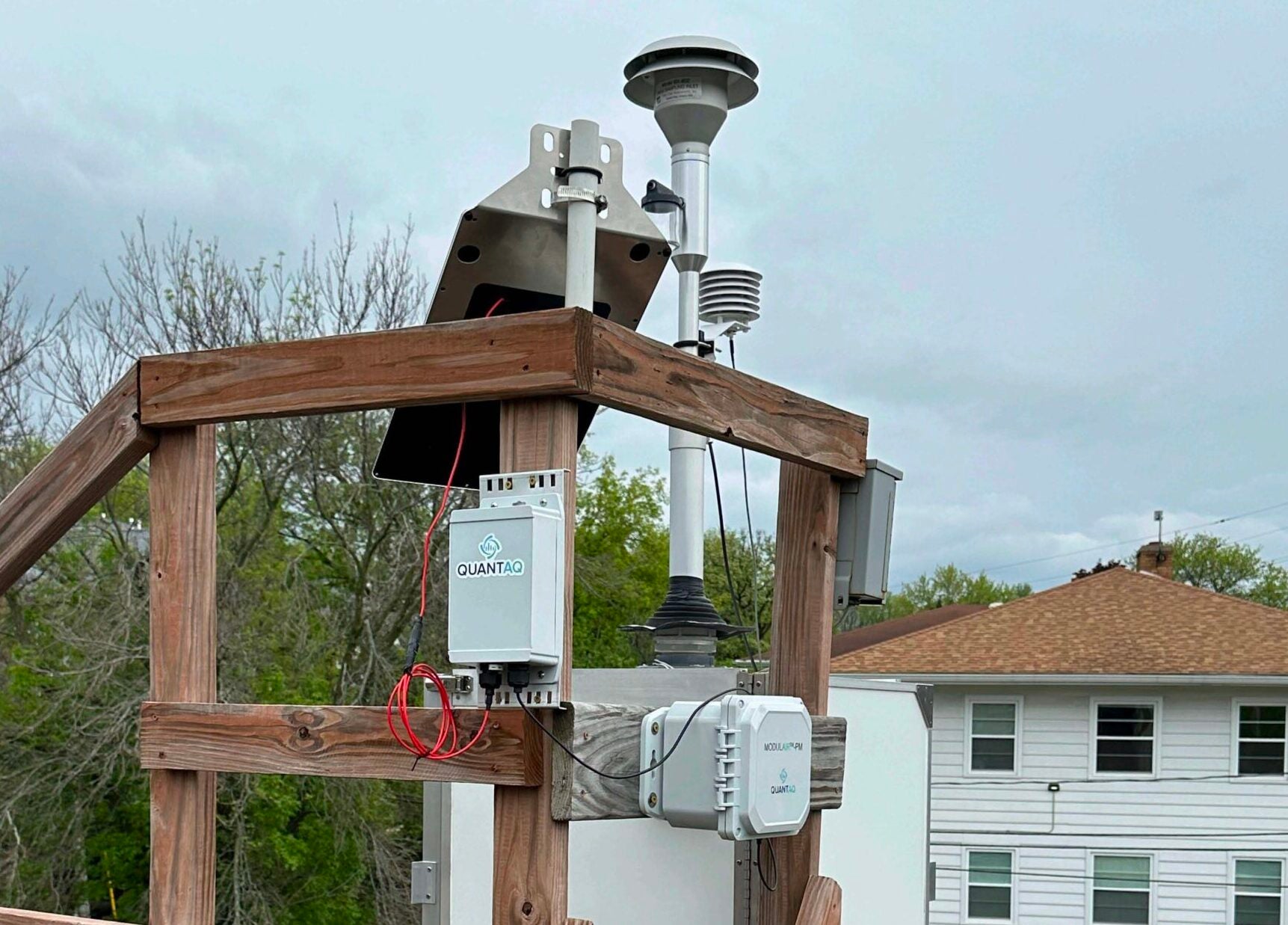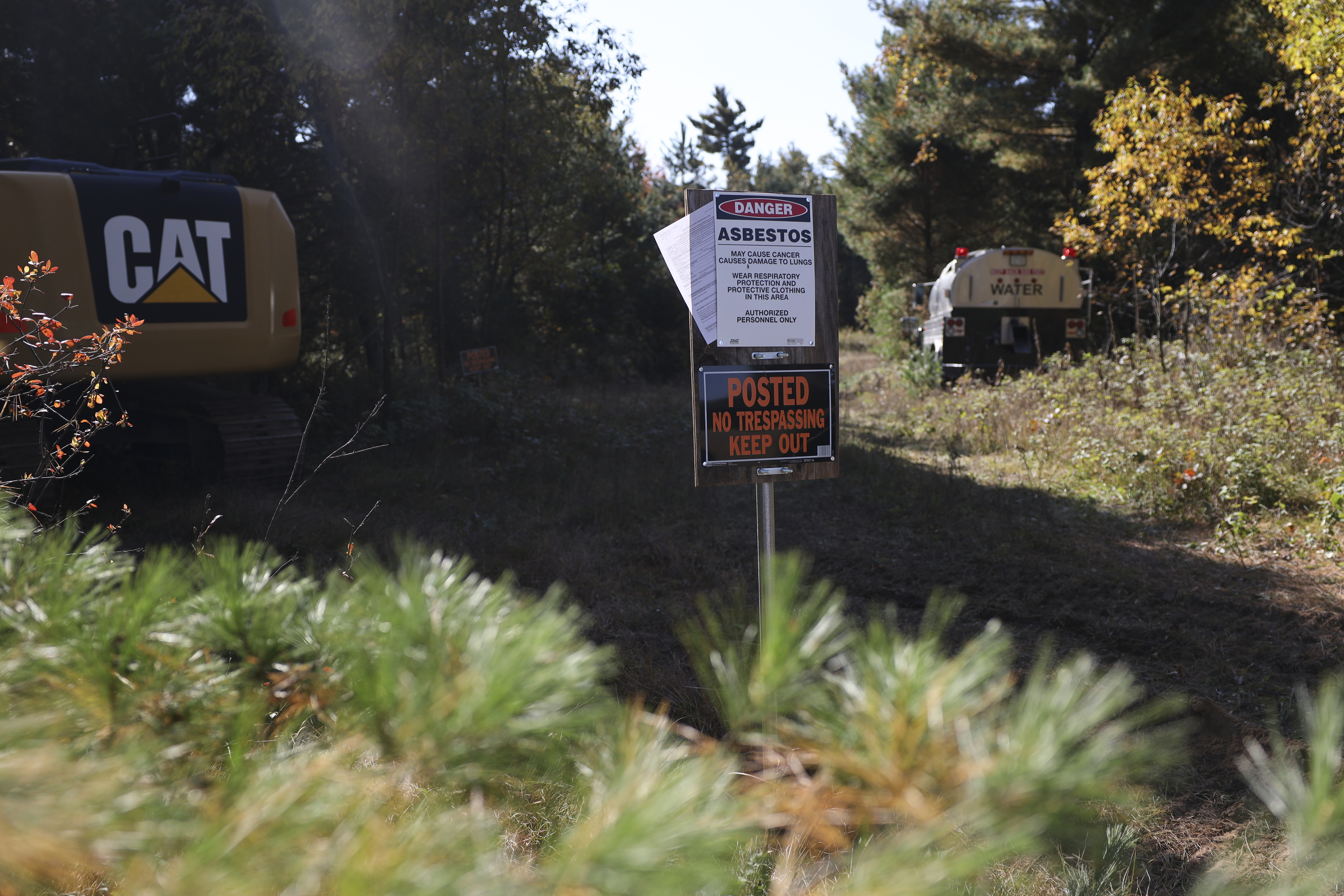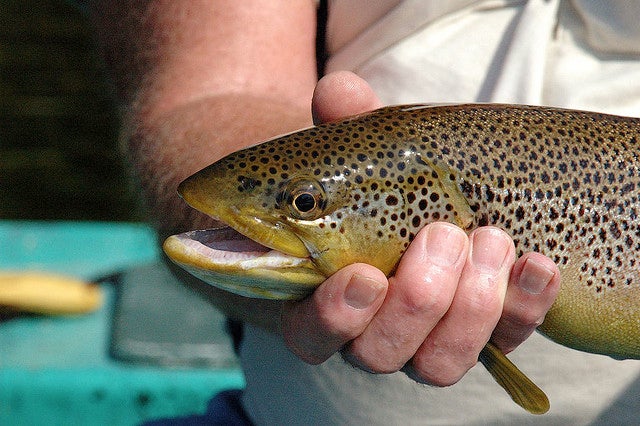A University of Wisconsin-Eau Claire professor has published a study investigating air quality near frac sand mines. The results suggests there are higher levels of harmful, microscopic particles in the air near active mining sites.
Dr. Crispin Pierce placed air monitors used by the U.S. Army near four frac sand mines and processing plants for 24 hour periods to measure air particles 2.5 microns in size. That’s about 16 times smaller than the width of a human hair.
According to Pierce, there are more particles in the air near frac sand sites than in other parts of the state.
Stay informed on the latest news
Sign up for WPR’s email newsletter.
“In almost all the cases the numbers, the 24 hour samples we got, were higher than the background (Department of Natural Resources) levels,” Pierce said. “And 5 out of 6 sets were above the EPA 12-micrograms-per-cubic-meter standard. So, it was kind of a validation.”
Another study sponsored by frac sand mining companies suggests levels of toxic silica dust near frac sand sites are well below health standards used by other states.
But the Wisconsin Industrial Sand Association said it’s leery about the study. Spokesman Rich Budinger said Pierce’s report has a small sample size and doesn’t measure for toxic silica dust. He said it should be viewed against an industry-sponsored study that measured hundreds of samples from many mines and found low levels of dust and silica particles.
“The standards through which the data is collected could be a way to compare the two results or the two data collection reports,” said Budinger.
Pierce said he plans to test dust samples for silica particles as funding allows. His study was paid for in part by $65,000 in donations from concerned citizens.
Wisconsin Public Radio, © Copyright 2025, Board of Regents of the University of Wisconsin System and Wisconsin Educational Communications Board.
